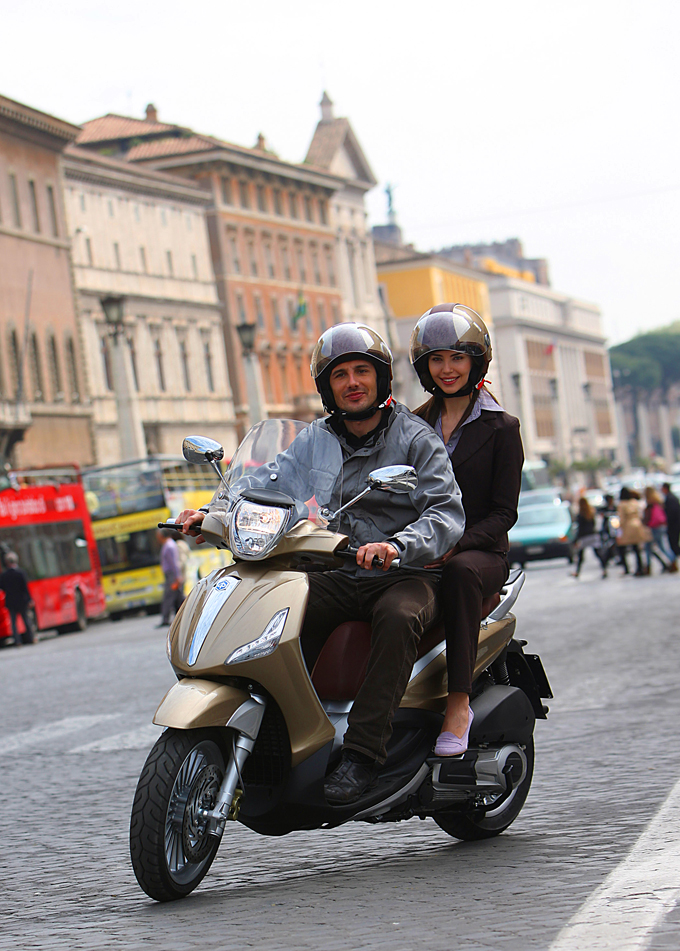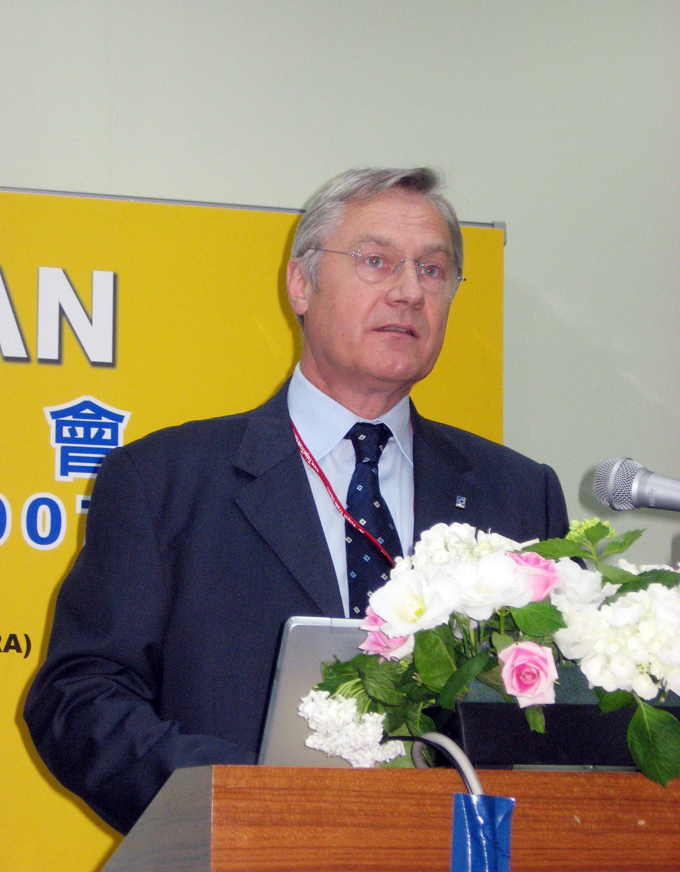Disharmonized PTW Driver's License Rules in the EU Worry PTW Suppliers
2011/06/28 | By Quincy LiangOne vital factor affecting the powered two-wheeler (PTW) market in Europe is the different driver's-license qualifications enforced by different countries there. .
In some European nations, for example, youngsters can easily get driver's licenses at age 16 for mopeds (PTWs with pedals or engine displacements under 50cc), or anyone who with driver's license for cars can also ride a PTW with an engine displacement under 125cc. In those countries, sales of light scooters have been very smooth.
However, members of the Association of Motorcycle Manufacturers in Europe (ACEM) recently expressed concern that the disharmonized adoption of new licensing rules for motorcycles (A category) would limit the mobility of European Union (EU) citizens while adversely affecting the market. They called on the European Commission (EC) to carefully monitor the transposition process.

ACEM recently pointed out that the transposition process required by the Third Driving License Directive (DLD) is generating confusion in the EU. Instead of the envisaged harmonization, EU member states are creating an extremely varied regulatory landscape, with negative consequences for the movement of citizens and PTW market.
The Pain in Spain
The Spanish government, for example, adopted the 3rd DLD on 8 December 2009, applying it three years ahead of the legal application date. This, ACEM said, was a clear breach of European licensing directives and a move toward disharmonization. Users obtaining motorcycle licenses in Spain are warned by the government that their licenses will not be recognized abroad, thus violating the right to free movement enshrined in European legislation.
Furthermore, Spain is currently evaluating the feasibility of requiring an unnecessarily high number of training hours and a test ride of 500 km for A2 license-holders with two years experience who are applying for an A license. Such a requirement, ACEM said, would be at odds with the new directive would make it very expensive for riders to move up to motorcycling.
ACEM and its Spanish counterpart Anesdor (Spanish Two-wheeler Industry Association) have asked the Spanish authorities to review the application date of the Directive. Until the 3rd DLD is legally adopted, ACEM urged, the previous licensing scheme should be reinstated.
Funny Stuff in France
In France, ACEM pointed out, the Committee on road safety asks A-license holders to permanently validate their licenses by proving they have actually been using a motorcycle within the last five years by providing insurance certificates.
According to ACEM, this initiative is worrisome as it is based on the assumption that every rider owns one motorcycle and insures it under his or her own name. This clearly does not reflect the reality, and it will lead to the unfair rule of one motorcycle–one user, which obviously is invalid when one vehicle is shared within a household or lent to a friend. Professional users or individuals using company motorcycles insured by their employer would not be in a position to comply. This provision would also be difficult to enforce and would have the only sole of damaging the market, ACEM warned. From a European perspective, this measure also raises questions about the validity of the licenses outside the national territory, the association said.
Instead of leading to a more harmonized framework, the new driving license directive is clearly giving EU member states an opportunity to create unique situations which are not always in line with the letter and spirit of the directive. As a result, ACEM called for better coordination among policy makers for the creation of a common PTW policy that would benefit everyone in terms of safety, enforcement, and the right of movement within the territory of the EU. The European Commission has a fundamental role in overseeing the correct transposition of the 3rd DLD.
The 2nd DLD still applies at the present time but will be repealed with effect on 19 January 2013, when the 3rd DLD is due to come into force. ACEM points out that the 3rd DLD provides for four motorcycle license categories, each permitting the use of PTWs of specific engine size and power. AM, for mopeds (max 50cc and 45 km/h); A1, for light motorcycles (max 125cc and 11KW); A2, for medium motorcycles (max 35KW); and A, for motorcycles above 35KW.
Minimum ages are foreseen for the different categories: 16 for AM and A1, 18 for A2, and 20 for A. Direct access as well as B-AM and B-A1 equivalence (i.e. the possibility of riding a moped or light motorcycle with a car license) will also be options under the 3rd DLD.

ACEM Secretary General Jacques Compagne stated, "ACEM always welcomes measures aimed at improving road safety, but it cannot be asked to support ill-thought-out initiatives that go in the direction of discouraging users to take to PTWs. The application of the 3rd Driving License Directive can improve the access of users to PTWs, but adding more illogical provisions to the ones foreseen in the Directive only indicates an effort to oust PTW use instead of seeing it as a real opportunity to make traffic more fluid and reduce travel times and pollution. ACEM expects the European Commission to take its responsibility and address these issues with the Member States."




